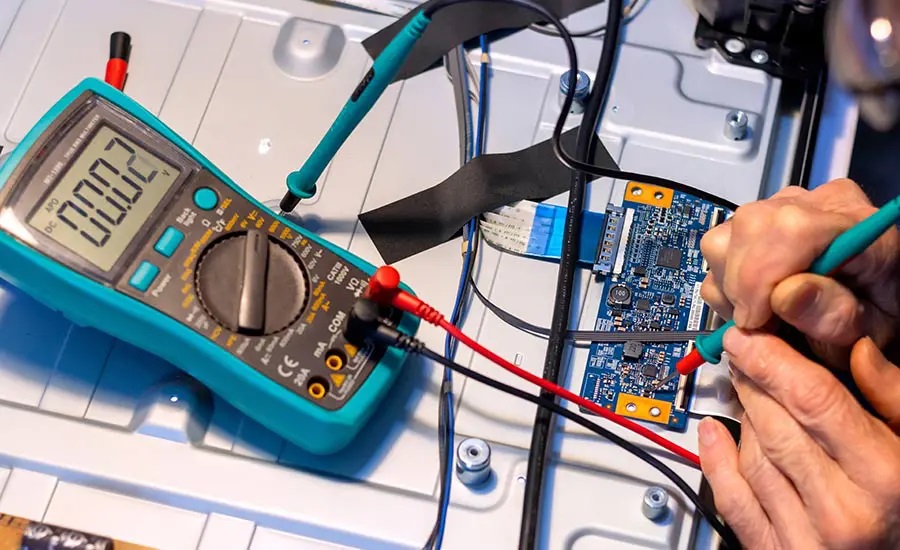In a world that constantly pivots around innovation, the true heroes of modern electronic marvels often remain unseen. These unsung heroes—board-level electronic components—are the tiny but mighty building blocks that breathe life into everyday devices. Found within mobile phones, home appliances, and even medical machines, these components form the backbone of nearly every electronic system in existence. From resistors and capacitors to microchips and transistors, each plays a critical part in enabling the flow and regulation of electrical signals.
Without these intricate parts, circuit boards would remain lifeless. It is at this fundamental level that design meets functionality. Manufacturers worldwide invest heavily in research to refine these elements, knowing well that the overall performance and longevity of any electronic system hinges on the quality and precision of its smallest parts.
Seamless Integration – How Components Shape Efficiency
When a new electronic product enters the market, much of its efficiency and reliability depend on how well its internal components interact. At the heart of this collaboration are the board level electronic components, quietly but efficiently maintaining signal integrity and ensuring power distribution runs smoothly.
By carefully selecting and positioning these parts on the printed circuit board, engineers can minimise electrical noise, control heat dissipation, and achieve optimum speed. These components don’t just fill space; they actively shape performance, enhance durability, and define the overall user experience. Whether it’s a thermostat controlling your home’s climate or a security device protecting your office, success lies in the intelligent arrangement of these unseen essentials.
The Demand for Precision – Why Quality Matters
In manufacturing, precision is not just a preference—it is a requirement. A single flaw in any board-level component can trigger ripple effects across the entire system. Imagine a medical device that provides faulty readings or a communication system that loses signal due to a minor error in the component design.
Because of such risks, industries have adopted rigorous testing and quality assurance processes. Components are no longer seen as standard items but as critical assets that determine the reliability and safety of the finished product. As technology progresses, the demand for more compact, powerful, and energy-efficient components continues to grow. In turn, suppliers must meet increasingly strict standards to support global demands.
Driving Innovation – Where Design and Function Converge
One cannot ignore the role of innovation when discussing board-level electronic components. They have evolved far beyond their traditional roles, often incorporating features that allow for self-monitoring, real-time communication, or automatic shutdowns during faults. These advancements are not just technical embellishments; they serve essential safety and performance functions.
Designers now face the exciting challenge of balancing compactness with complexity. New materials and manufacturing techniques open doors to components that are smaller, faster, and more durable. As sustainability takes centre stage, the industry also explores recyclable or biodegradable options, demonstrating that even the smallest parts can support broader environmental goals.
Sustainability, Supply Chains & Future Readiness
As industries move towards more sustainable practices, attention is shifting to every stage of production, including the sourcing of board-level electronic components. Ethical procurement, responsible mining, and reduced carbon footprints are becoming integral to how companies evaluate their suppliers.
Furthermore, global supply chains face increasing pressures, from geopolitical shifts to resource scarcity. Businesses are recognising the importance of resilience, often diversifying their component sources or investing in local manufacturing facilities. Forward-thinking strategies ensure that even amid disruptions, essential components remain available, maintaining production continuity and product quality.
Conclusion:
From the moment you power on your favourite gadget to the last second of its operational life, board-level electronic components work tirelessly behind the scenes. These tiny elements shape how our devices function, interact, and evolve. They are not mere hardware—they are the essence of what makes electronic systems smart, responsive, and dependable.
As the demand for advanced technologies grows, so too does the importance of understanding and investing in the right components. Whether you’re developing next-generation devices or simply appreciating the functionality of existing ones, it’s clear that the influence of electronic components stretches far beyond their size. Their role is pivotal, their impact enduring, and their presence—though often hidden—completely indispensable.


